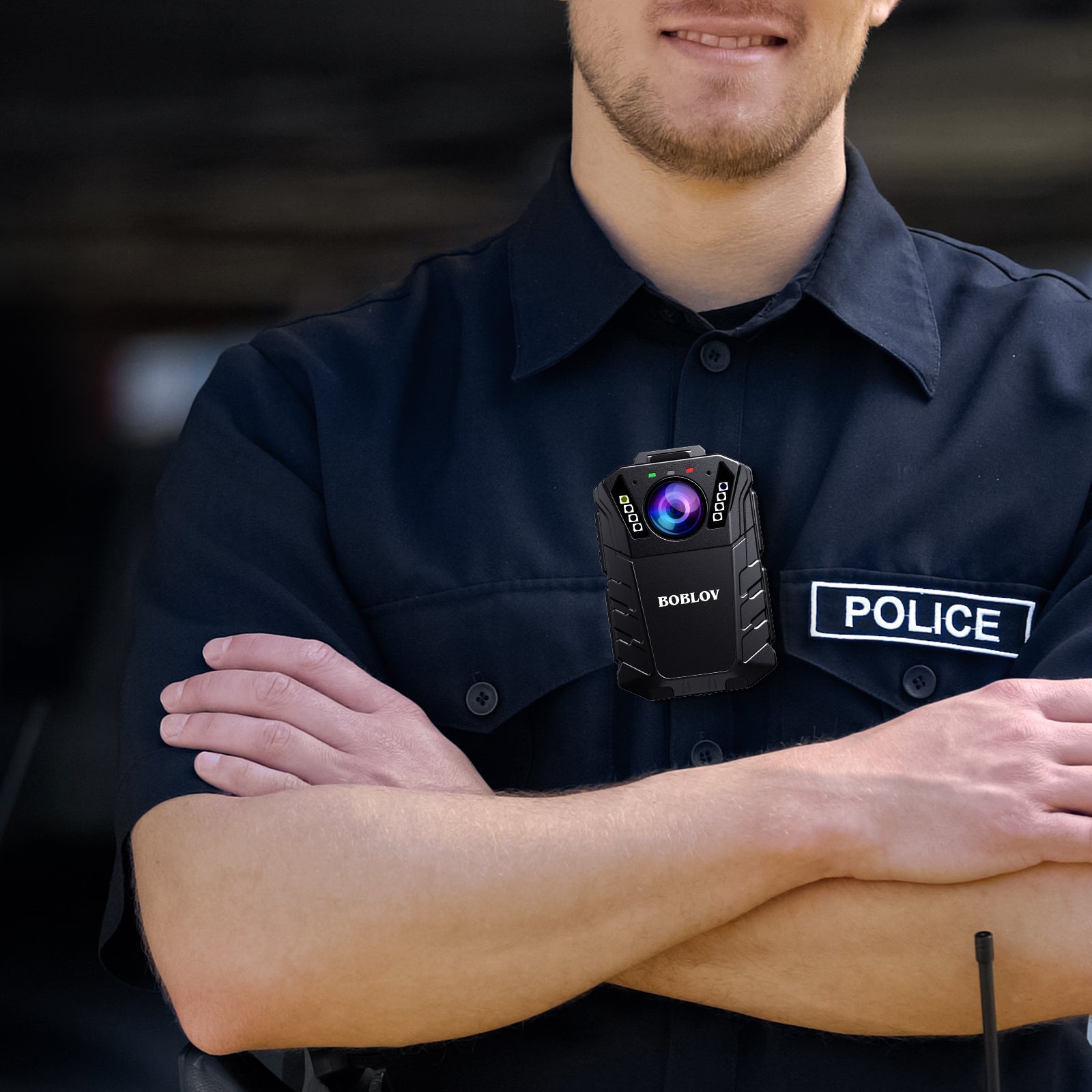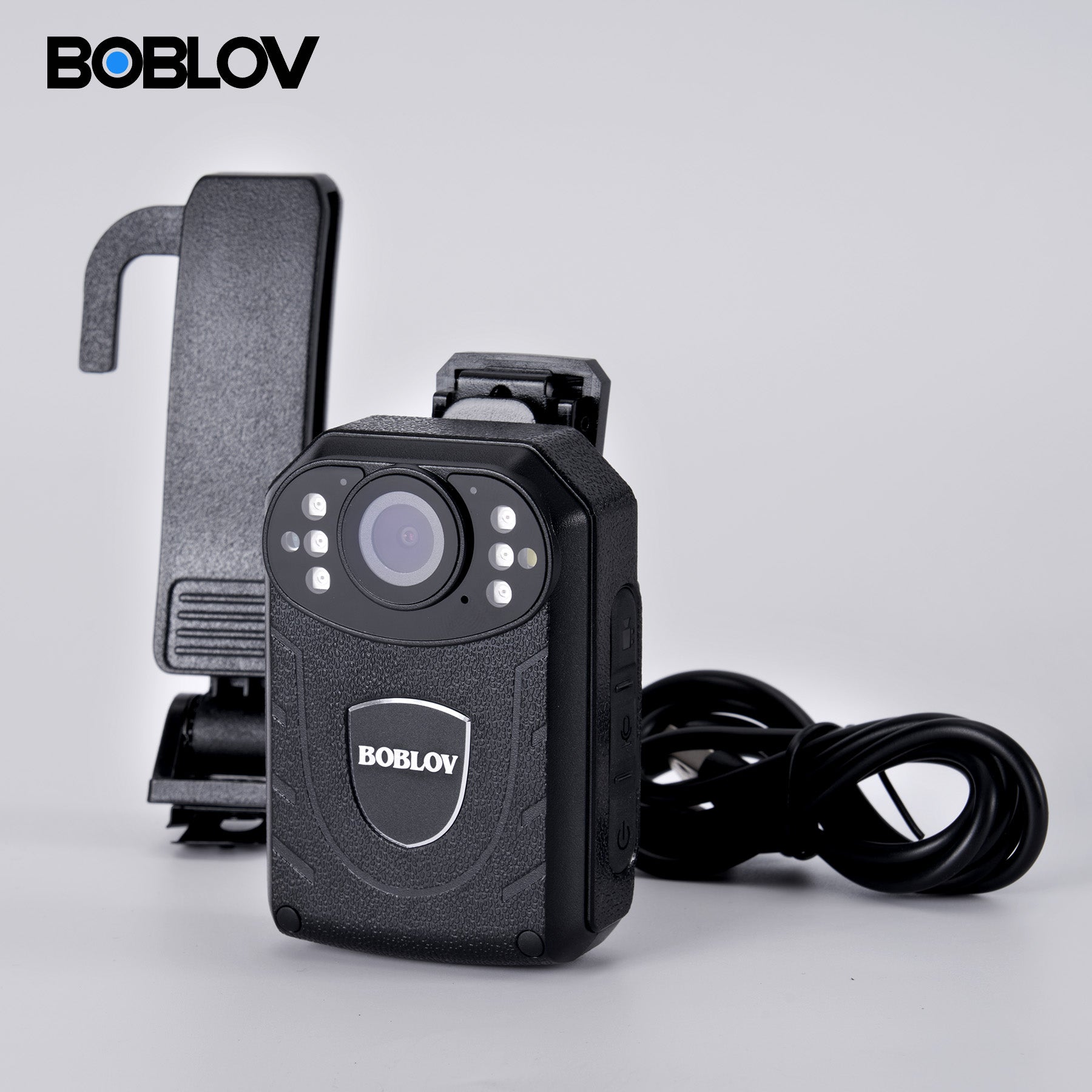Understanding the Importance of Bodycams in Law Enforcement
The Evolution of Body Worn Cameras in the U.S.
Body worn cameras, or bodycams, have become key in U.S. policing. These small cameras, worn on a police officer's uniform, record interactions with the public. Early models were large and clunky. Now, they are compact and powerful, like the Boblov bodycams. The tech started in small trials with a few police units. Today, its use is widespread across America. The evolution of bodycams in the U.S. has been fast. It reflects the growing need for police to show accountability and openness. Each new model of bodycam brings better features. This helps to build trust between the police and the communities they serve.
How Bodycams Contribute to Accountability and Transparency
Bodycams offer a clear record of police actions. This helps build trust with the public. The cameras capture evidence to support police decisions. If there is a complaint, recordings can show what happened. They help solve disputes between police and citizens. They also push officers to follow rules closely. Clear rules on when to record must be set. This way, both police and the public know what to expect. Overall, bodycams make policing more open and honest.
The Impact of Bodycams on Officer Safety and Public Trust
Bodycams have shifted policing in the US. They serve two big roles. First, they make officers safer. The cameras may deter criminals. When people know they're recorded, they tend to act better. This can lead to fewer violent events. Second, they build trust with the public. Videos from bodycams can show what happened in an event. This transparency can lead to trust. People can see the truth. That is key to good community relations. Bodycams are now a crucial tool in modern policing.
The Rise of Bodycams in American Police Departments
Adoption Rates: Comparing Federal, State, and Local Law Enforcement
The use of bodycams has soared in recent years. Federal agencies set the pace. Their bodycam use grew fast. Now, state and local police follow their lead. More cops on the street wear bodycams. Yet adoption rates vary. Federal rates are higher. State and local rates are catching up. Funding and rules affect these rates. Grants and laws push more bodycam use. We see big changes. Small towns and big cities use more cams. This trend seems set to keep growing.
Training and Best Practices for Effective Bodycam Use
For bodycams to work well, police must train right. Good training teaches:
- How to use cams in the field.
- When it's legal to record or not.
- How to tell people they're on cam.
c- How to keep cam footage safe.
- What to do if a cam fails.
Police need rules to follow when using cams. This makes sure cams help, not hurt. Training helps avoid mistakes. Bodycams are tools for good. They must be used right to build trust.
Innovations in Body Camera Technology and Data Management
Advances in body camera tech are changing policing. Today's bodycams are smarter and store data better. They offer features like live-streaming and advanced video storage. Cloud platforms now safely keep footage. This improves how police review incidents. AI analyzes videos faster, aiding in evidence collection. These innovations help cops and citizens alike. They make policing more open and fair.
Future Trends and Considerations for Bodycams in Policing
The Role of AI and Machine Learning in Enhancing Bodycam Capabilities
The tech behind bodycams is changing. AI and machine learning are the future. They make bodycams smarter. These tools can help spot important events. They can also reduce the time spent reviewing footage. AI can recognize faces and read body language. It makes it easier for cops to do their jobs well. This tech can also spot biases in policing. But it opens up new debates on privacy and ethics. This is why police need clear rules for AI use in bodycams. This tech can be helpful if used right. It keeps both the public and the police safe.
Legal Implications and Privacy Concerns in Body Camera Deployment
As bodycams become more common, legal issues also grow. Privacy rights are at risk. Laws must balance public safety and personal privacy. States have different rules on bodycam use. Some worry that cameras can invade private moments. Others focus on the safety bodycams can bring. All agree that clear laws are needed. These should guide how police use and share camera footage. There must be rules for storing and destroying this data. The aim is to protect both the public and officers' rights. We must keep an eye on how these laws will change. This will shape bodycam use in the future.
The Importance of Bodycams in Ensuring Civil Rights and Safety
Bodycams are key in protecting civil rights and safety. They offer clear records of police actions. These records can be used to check if police follow the law. When incidents happen, bodycam footage can help find the truth. This helps in court and with public worry. Bodycams also stop bad behavior by both police and citizens. Knowing they are on camera can make people act better. This can prevent problems.
For community safety, bodycams are a must. They help make sure everyone's rights are safe. Public trust grows when police use bodycams right. People feel safer when they know police actions are recorded.



